Disclosure: This article contains affiliate links. We may earn a commission from purchases at no extra cost to you, which helps our travel content.
When I told my fellow preservation students I was spending two weeks in Ciudad Guayana, Venezuela, their reactions ranged from concerned to outright alarmed. You're going where? During winter break? Are you insane? Fair questions, I suppose. Venezuela doesn't exactly top most travel lists these days, especially for budget-conscious students like myself. But as someone who's spent years studying how industrial heritage shapes cultural landscapes, Ciudad Guayana—a planned industrial city at the confluence of the Orinoco and Caroní rivers—has always fascinated me. Plus, the current economic situation meant my meager savings could stretch surprisingly far. So armed with my trusty backpack, intermediate Spanish skills, and perhaps a touch of that stereotypical Canadian naïveté, I embarked on what would become one of my most challenging yet rewarding travel experiences to date.
Navigating a City of Contrasts
Ciudad Guayana presents itself as a study in contrasts—a meticulously planned modernist city that simultaneously feels organic and improvised. The city comprises two distinct sections: the older Puerto Ordaz with its grid-like streets and San Félix with its more spontaneous development patterns. As an urban planning dropout, I found myself constantly analyzing these differences while wandering through neighborhoods that tourists typically never see.
My first three days were spent acclimating to both the tropical heat (a welcome escape from Montreal's winter) and the complex realities of daily Venezuelan life. The currency situation requires immediate attention—I'd researched extensively before arriving, but nothing quite prepares you for the practical experience of navigating a hyperinflationary economy. Bring new, crisp USD in small denominations and download a currency conversion app that updates in real-time.
Moving around the city requires caution but isn't impossible. Rather than relying on my phone in public (a safety concern), I purchased a small pocket notebook to jot down directions and recommendations from locals. This analog approach not only kept me safer but led to numerous conversations with curious Guayaneses wondering why the lanky blonde foreigner was scribbling notes instead of staring at a screen.
While Puerto Ordaz offers more conventional tourist amenities, I found San Félix provided a more unfiltered glimpse into everyday Venezuelan life. The markets here burst with color and energy despite economic challenges, and the resilience of vendors who manage to maintain vibrant stalls amid shortages is nothing short of remarkable.

💡 Pro Tips
- Exchange small amounts of currency frequently rather than all at once to get better rates
- Learn basic Venezuelan Spanish phrases—the dialect differs from what you might have studied
- Dress modestly and leave flashy accessories at home
Industrial Heritage as Cultural Treasure
For history and architecture enthusiasts, Ciudad Guayana offers something rarely discussed in travel circles: a fascinating example of mid-20th century industrial urban planning. The city was conceived in the 1950s as Venezuela's answer to Pittsburgh—an industrial powerhouse built around steel production and hydroelectric energy from the mighty Caroní River.
The Guri Dam (officially Central Hidroeléctrica Simón Bolívar) about 100km south of the city is an engineering marvel worth the day trip. While photography restrictions exist at some facilities, the scale of this infrastructure project—once the largest hydroelectric plant in the world—is humbling. What fascinated me most was how the modernist architecture of the control buildings reflects the optimistic futurism of Venezuela's economic boom years.
Closer to the city center, the steel mills of SIDOR (Siderúrgica del Orinoco) tell a more complicated story of industrialization, nationalization, and economic challenges. While active production has decreased, the industrial landscape remains a testament to Venezuela's ambitions. As someone studying historical preservation, I couldn't help but see parallels to rust belt cities across North America—the same sense of faded industrial glory, yet with a distinctly Latin American character.
To document these industrial landscapes, I relied on my mirrorless camera, which proved invaluable for capturing both architectural details and wider contextual shots without drawing too much attention. Its compact size meant I could quickly stow it when security guards gave me questioning looks.
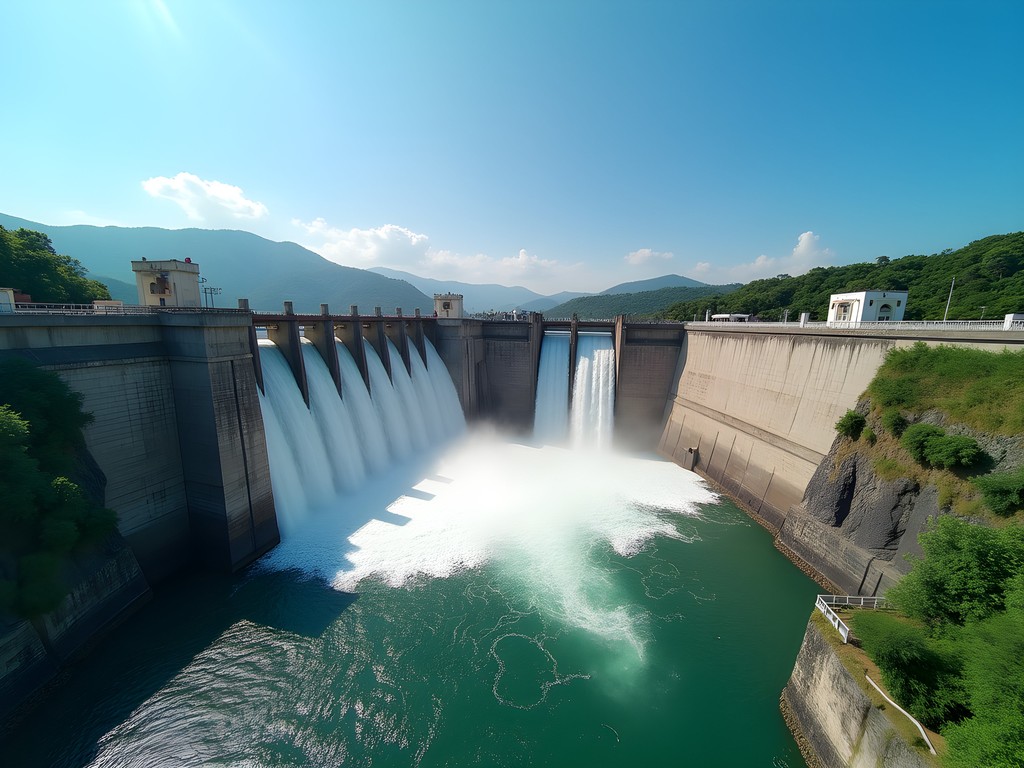
💡 Pro Tips
- Arrange industrial site visits through local universities when possible
- Bring a zoom lens for photographing industrial structures from public vantage points
- Research the history of Venezuela's industrialization before visiting to appreciate the context
Finding Community Through Shared Passion
My most meaningful connections in Ciudad Guayana came through two unexpected channels: golf and cards. Venezuela isn't known as a golfing destination, but the Orinoco Golf Club in Puerto Ordaz remains operational despite economic challenges. After some hesitation, I decided to visit, carrying my collapsible golf bag that's accompanied me across three continents.
What I found was a small but dedicated community of golfers maintaining their passion against considerable odds. The course itself shows signs of strain—water restrictions have left some fairways less than lush—but the warm welcome I received more than compensated. When club members learned I was a Canadian student interested in Venezuelan culture, impromptu Spanish lessons began mid-round, with golf terminology serving as our linguistic bridge.
Even more illuminating were my evenings spent at local card games. My background dealing blackjack to finance my studies gave me an instant connection with gambling enthusiasts. These weren't fancy casino games but neighborhood poker nights in back rooms and family gatherings. The stakes were modest by Canadian standards but significant in the local economy.
These card games offered unfiltered insights into Venezuelan perspectives on everything from politics to baseball to family values. When conversation turned to the country's challenges, I mainly listened. As a foreign visitor, my role wasn't to offer opinions but to understand the complex realities beyond headlines. The nuanced views I encountered defied simple categorization—people contained multitudes of frustration, pride, worry, and hope about their country's situation.
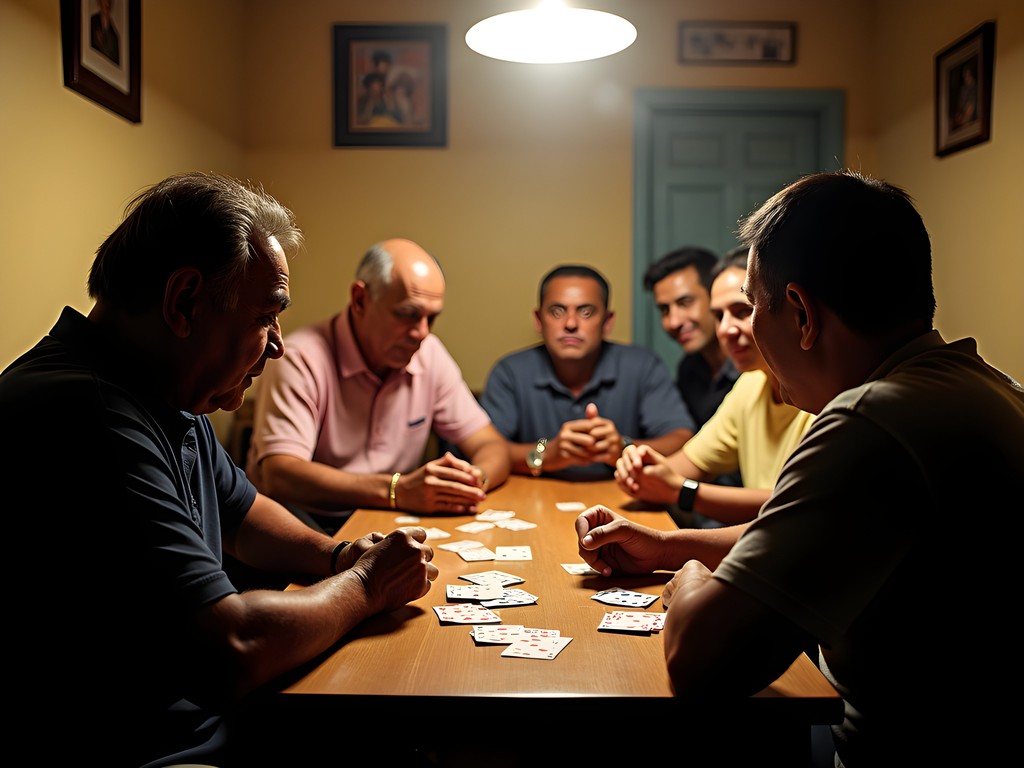
💡 Pro Tips
- Connect through shared hobbies rather than explicitly 'seeking culture'
- Be prepared to explain your own country and background—cultural exchange goes both ways
- Accept hospitality graciously, but find appropriate ways to reciprocate
Culinary Resilience in Challenging Times
Food tells stories, and in Ciudad Guayana, those stories are complex. Venezuela's economic situation has transformed eating from simple sustenance to a daily act of creative problem-solving. Yet amidst these challenges, I discovered culinary traditions that remain stubbornly vibrant.
Street food proved both economical and delicious. Arepas—corn cakes split and filled with various ingredients—became my daily breakfast. The best came from a small stand near my accommodation, where Doña Carmen stuffed these perfect pockets with whatever was available that day: sometimes cheese, occasionally shredded beef, and on lucky days, both. At roughly $1 USD each, they were both budget-friendly and filling.
More elaborate meals came through home cooking. Several families I met through my golf and card connections insisted I join them for dinner, presenting it as cultural exchange rather than charity. These home-cooked meals revealed both the challenges of ingredient sourcing and the ingenious adaptations developed in response. Traditional dishes like pabellón criollo (shredded beef, black beans, rice, and plantains) appeared alongside creative substitutions necessitated by shortages.
Perhaps most enlightening were the conversations around these tables. Food memories featured prominently—older Venezuelans recalling past abundance, middle-aged folks describing adaptations, and younger generations who've known mainly scarcity yet still maintain culinary pride. I recorded many of these stories and recipes in my waterproof notebook, which proved invaluable during unexpected tropical downpours.
One evening, I attempted to reciprocate hospitality by preparing poutine using local ingredients—a challenging but amusing cultural exchange that resulted in something only vaguely resembling Quebec's famous dish but generated much laughter and appreciation for the effort.
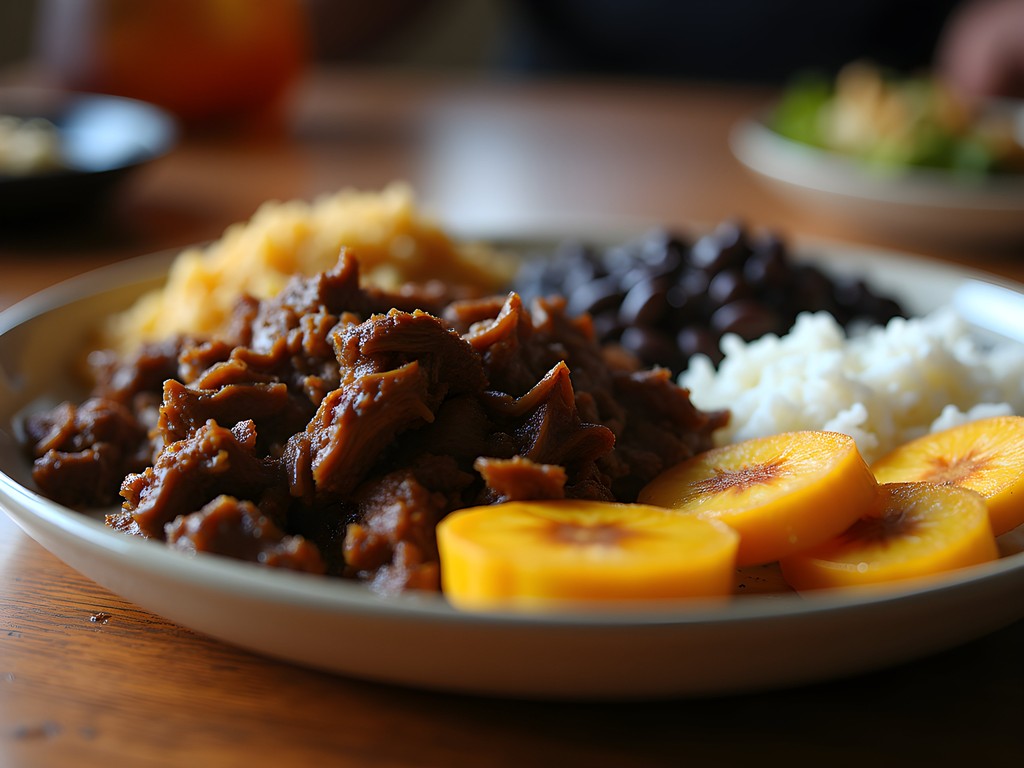
💡 Pro Tips
- Ask about food memories, not just recipes
- Offer to cook something from your culture as a way of reciprocating hospitality
- Be gracious about portions offered—food sharing has deep significance
Navigating Safety Concerns with Local Insight
I can't write honestly about traveling in Venezuela without addressing safety concerns. The country's reputation for danger isn't entirely unwarranted, but like most complex situations, the reality is more nuanced than headlines suggest.
My approach was straightforward: maintain low visibility, listen to local advice religiously, and avoid creating situations that might put others at risk. This meant dressing simply, keeping expensive equipment hidden, and avoiding behaviors that marked me clearly as a tourist.
The most valuable safety resource was the network of local contacts I developed. My host family (found through a university connection rather than conventional accommodation platforms) provided daily guidance: which areas to avoid, what times were safe for different activities, and how to navigate public transportation without attracting unwanted attention.
I learned to move through the city with purpose rather than wandering aimlessly as I might in safer destinations. When photographing, I worked quickly and discreetly. For longer excursions, I used a anti-theft daypack that allowed me to carry essentials securely while maintaining a low profile.
Despite these precautions, I experienced moments of genuine concern—particularly during an unexpected transportation strike that left me stranded in an unfamiliar neighborhood after dark. In that instance, the generosity of a local family who offered temporary shelter until safe transport could be arranged demonstrated the counterbalance to danger: the extraordinary kindness of ordinary Venezuelans toward visitors.
This isn't to minimize risks or suggest careless travel. Rather, it's to acknowledge that with appropriate precautions and local connections, experiencing this complex country remains possible for travelers willing to step beyond their comfort zones.
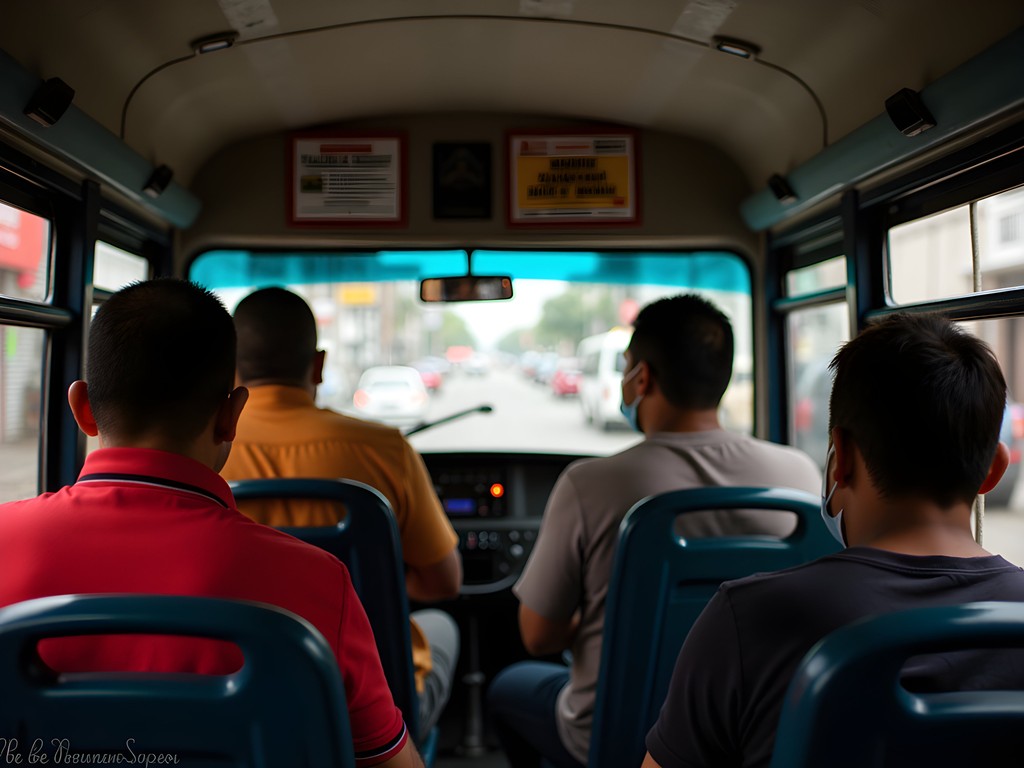
💡 Pro Tips
- Develop a local contact network before arrival through university connections or verified cultural exchange programs
- Memorize essential directions rather than visibly checking maps or phones in public
- Carry only daily cash needs in accessible pockets, with emergency funds well-hidden
Final Thoughts
My two weeks in Ciudad Guayana offered something increasingly rare in our hyperconnected world: a travel experience that couldn't be adequately researched in advance through Instagram posts or TripAdvisor reviews. Each day required genuine human connection, flexibility, and cultural humility. The challenges were real—from navigating currency exchange to adapting to daily water and electricity rationing—but these difficulties provided context for understanding a complex country beyond simplistic narratives. What will stay with me isn't just the industrial landscapes that initially drew me as a preservation student, but the stories shared over card games, the ingenuity displayed in home kitchens, and the unexpected friendships formed on improbable golf courses. If you're considering Venezuela, go with eyes open to both challenges and possibilities. Prepare thoroughly, connect locally, and approach with respect for a proud culture navigating difficult circumstances. The authentic experiences waiting there simply can't be found in more conventional destinations.
✨ Key Takeaways
- Local connections are essential for both safety and authentic experiences in Venezuela
- Industrial heritage sites offer unique insights into Venezuela's economic history
- Shared activities like sports and games provide natural cultural exchange opportunities
- Economic challenges have fostered remarkable resilience and creativity in everyday life
📋 Practical Information
Best Time to Visit
December-March (dry season)
Budget Estimate
$30-50 USD/day (excluding flights)
Recommended Duration
10-14 days
Difficulty Level
Challenging



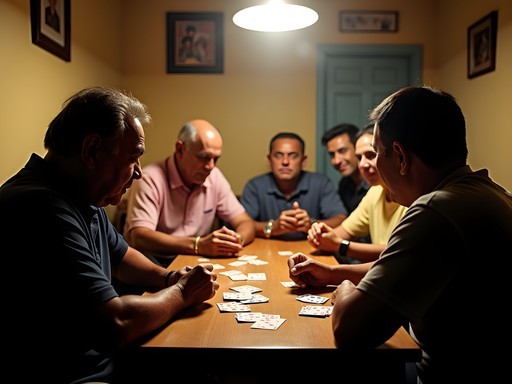
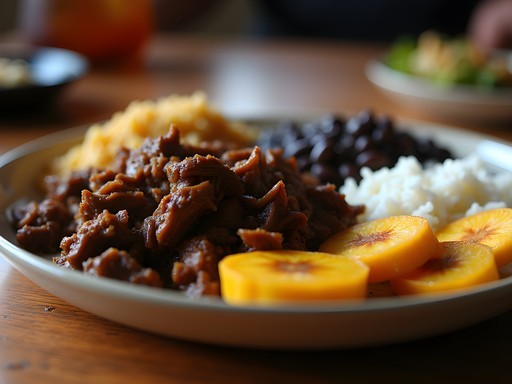
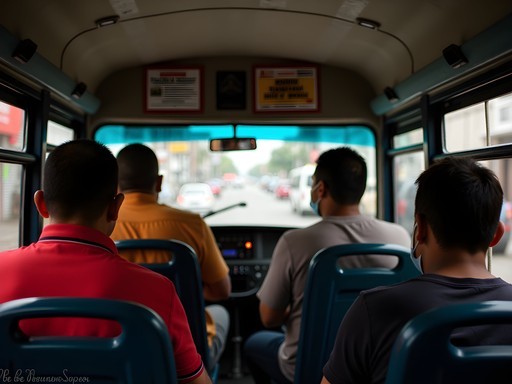


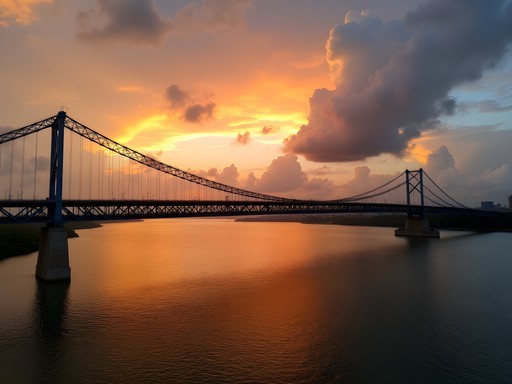
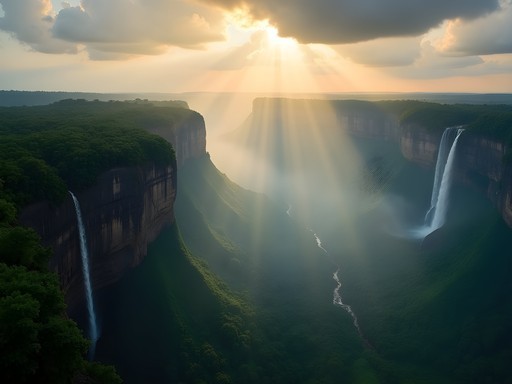






Comments
TravelSafety101
Were you ever concerned about safety? The US travel advisory for Venezuela is pretty severe.
Chase Johansson
Valid question. I was cautious and had local contacts which made a huge difference. I avoided certain areas, didn't go out alone at night, and kept a low profile. It's definitely not for first-time travelers to South America, but with proper preparation, my experience was positive.
Frank Garcia
This matches what I've heard from other travelers - having local contacts is absolutely essential in Venezuela right now.
VenezuelanDiaspora
As someone who grew up in Ciudad Guayana and left in 2018, this post brought tears to my eyes. You captured the resilience and warmth of my hometown perfectly. The industrial heritage that once made us so proud has struggled, but seeing it through your eyes reminded me of why we still have hope. My family still lives near the Llovizna Park you mentioned, and they'll be touched to know visitors are still finding beauty there. Thank you for showing a side of Venezuela beyond the headlines.
Chase Johansson
Your comment means everything to me - thank you. Llovizna Park was magical, especially seeing families enjoying simple moments together despite everything. Your hometown showed me incredible kindness.
smartmood
Brave choice of destination! The food photos look amazing though.
adventurefan
Right? That arepas spread in the third photo made me so hungry!
Chase Johansson
The food was definitely a highlight! Despite shortages of some ingredients, the creativity of local cooks was incredible.
Frank Garcia
Really appreciated your nuanced take on safety in Ciudad Guayana. I've been planning a South America trip focused on industrial heritage sites (weird niche, I know), and Venezuela has been on my maybe list. How did you manage the currency situation? I've heard the official exchange rates are problematic compared to the black market rates, but I'm concerned about the legality of changing money unofficially. Also, did you feel your Spanish needed to be advanced to navigate comfortably?
Chase Johansson
The currency situation is tricky. Most places in Ciudad Guayana actually accept USD now, which simplifies things. I used my travel card for larger purchases where possible. For Spanish, intermediate level was sufficient in the city, but having a local contact definitely helped in some situations.
Frank Garcia
That's really helpful, thanks. I'm going to look more into the industrial heritage angle - your post convinced me it might be worth the extra planning effort!
adventurefan
This is exactly the kind of travel writing we need more of! I visited Ciudad Guayana back in 2022 and had a similar experience of locals being incredibly welcoming despite the challenges. That section about the industrial heritage tours really brought back memories - the guide who showed me around the steel plant was an engineer who had worked there for 30+ years. His pride in the city's industrial achievements was so moving. Did you get a chance to visit any of the indigenous communities nearby?
Chase Johansson
Thanks for the kind words! Yes, I spent two days with a Pemón community about an hour outside the city. Incredible experience but I had to cut that section for length. Might do a follow-up post specifically about that part of the trip!
adventurefan
Please do! The Pemón cultural heritage is fascinating and so underreported in travel media.
vacationninja
Never would have considered Venezuela but this has me intrigued! Those sunset shots over the Orinoco River are stunning!
first_time_explorer
Going there next month, any other tips on local transportation?
Riley Griffin
Not the author, but we just got back! The por puesto vans are actually quite efficient once you understand the routes. We downloaded the Maps.me app and marked all our destinations since Google Maps isn't always reliable there. Having small bills in local currency was essential for transportation.
first_time_explorer
Thanks for the tips! Did you feel safe using the local transport?
Riley Griffin
During daytime, absolutely. We avoided it after dark and used pre-arranged taxis through our hotel instead. The hotel staff can recommend reliable drivers.
Kimberly Murphy
Chase, this is brilliant! Your point about 'travel experiences that couldn't be adequately researched online' hits home. I've been documenting overlooked destinations for years, and Venezuela has been on my radar despite (or because of) its challenges. Your approach to connecting through shared interests rather than typical tourist activities is exactly how I prefer to travel. The industrial heritage angle is fascinating - reminds me of my work in former mining communities in northern England. Question: how did you navigate the currency situation? I've heard it's quite complex with official vs. black market rates.
Chase Johansson
Thanks Kimberly! The currency situation was tricky. I brought USD cash which is widely accepted. Most places preferred dollars, but I also used a prepaid card for some transactions. My local friends were invaluable in navigating this - another reason why those connections matter so much.
wanderlustdiver7872
This post is EXACTLY why I follow travel blogs!!! Everyone posts about the same Instagram hotspots but THIS is real travel. I spent time in Caracas back in 2018 and had the same experience of people thinking I was crazy for going. Used my pocket translator constantly and it helped break the ice with locals who were surprised but delighted to see tourists. The food situation was challenging then too, but like you said, it led to some of the most meaningful connections. Did you try the casabe? That crispy yuca bread was my obsession!
springgal
How did you handle safety concerns? Were there areas you avoided?
Chase Johansson
Great question. I stayed in Puerto Ordaz (the newer part of the city), kept a low profile, didn't flash valuables, and mostly moved around with local contacts. I avoided going out alone after dark and skipped certain neighborhoods my hosts advised against. Common sense goes a long way!
Venture X
Premium card with 2X miles, $300 travel credit, Priority Pass